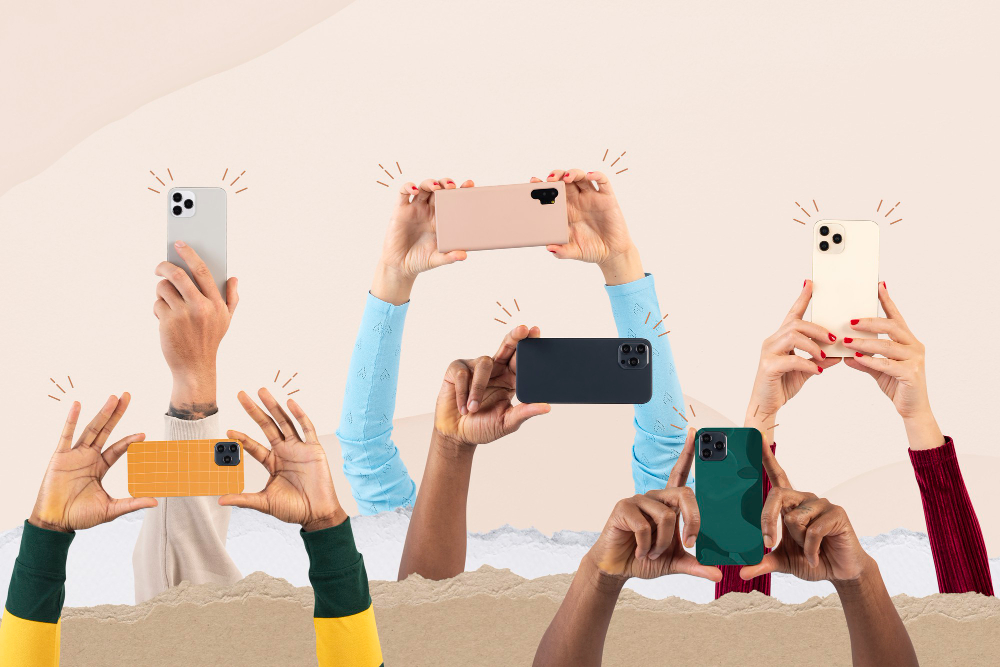Top Charging Cables: USB-C vs Lightning vs MagSafe
In our increasingly digital world, charging cables are essential for keeping smartphones, tablets, laptops, and other devices powered. While many users simply plug in whatever cable is available, the type of cable you use can significantly affect charging speed, device safety, and overall convenience. This article compares USB-C, Lightning, and MagSafe cables, highlighting their strengths, weaknesses, and best use cases, so you can make an informed choice.
Table of Contents
Understanding USB-C Charging Cables
USB-C cables have become the modern standard for fast charging and high-speed data transfer. They are widely used across Android smartphones, laptops, tablets, and even some Apple devices like MacBooks.
Advantages of USB-C
- Fast Charging: USB-C supports higher wattages than older cable types, which allows smartphones, tablets, and laptops to charge much faster. Some devices can reach 50% charge in 30 minutes.
- Reversible Connector: Unlike older USB-A cables, USB-C plugs in either way, eliminating frustration when connecting devices.
- High-Speed Data Transfer: Many USB-C cables support speeds up to 10 Gbps or higher, making it easier to transfer large files quickly.
- Universal Compatibility: USB-C works with a wide range of devices, including Android phones, iPads, MacBooks, and even some gaming consoles.
Considerations
- Cheap, low-quality cables may overheat or damage devices.
- Some older devices still lack USB-C ports, which may require adapters.
For official specifications and safety standards, visit the USB Implementers Forum.
Exploring Apple Lightning Cables
Lightning cables are Apple’s proprietary standard for iPhones, iPads, and certain iPods. While not as universal as USB-C, Lightning cables offer optimized performance for Apple devices.
Advantages of Lightning Cables
- Compact and Durable: Lightning connectors are small and easy to carry, ideal for travel or daily use.
- Optimized for Apple Devices: Lightning ensures reliable charging and data transfer specifically for iOS devices.
- Accessory Ecosystem: Many Apple-certified accessories such as charging docks, car chargers, and portable power banks support Lightning cables.
Considerations
- Slower charging speeds compared to USB-C.
- Limited to Apple devices, reducing versatility.
- Can be more expensive than standard USB-C alternatives.
The Rise of MagSafe Charging
MagSafe cables represent Apple’s innovative magnetic charging technology. Originally introduced for MacBooks, MagSafe now powers iPhones with a magnetic connection, providing convenience and device safety.
Advantages of MagSafe
- Magnetic Connection: Ensures perfect alignment for charging, eliminating fumbling.
- Prevents Cable Damage: MagSafe detaches safely if pulled, protecting both the cable and the device.
- Wireless Charging Support: Compatible iPhones can charge wirelessly using MagSafe, offering fast charging without a plug.
Considerations
- MagSafe accessories are generally more expensive.
- Only compatible with newer Apple devices supporting the technology.
- Limited versatility compared to USB-C cables.
USB-C vs Lightning vs MagSafe: Key Comparison
Here’s a quick overview to help compare the three main charging cable types:
| Feature | USB-C | Lightning | MagSafe |
|---|---|---|---|
| Charging Speed | Very Fast | Moderate | Fast (wireless) |
| Device Compatibility | Wide | Apple only | New Apple devices |
| Connector Type | Reversible | Reversible | Magnetic |
| Durability | High (if quality) | Moderate | High |
| Data Transfer | High-Speed | Moderate | N/A |
Choosing the Right Cable for You
Selecting the right charging cables depends on your devices, usage habits, and priorities:
- Device Ecosystem: If you’re fully in the Apple ecosystem, Lightning or MagSafe may be preferable. For Android devices or laptops, USB-C is best.
- Charging Speed Needs: For high-speed charging of laptops, tablets, or newer smartphones, USB-C is the clear winner.
- Convenience vs Cost: MagSafe provides an effortless connection but comes at a premium price.
- Travel & Portability: Lightweight Lightning cables are easy to carry and ideal for everyday use.
Tips for Maintaining Your Charging Cables
Proper care can significantly extend the lifespan of your charging cables:
- Avoid Bending Near the Connector: Stress points near the ends of cables are prone to fraying.
- Use Cable Organizers or Sleeves: Prevents tangling and accidental damage.
- Keep Away from Heat and Moisture: Extreme temperatures and water exposure can harm cable insulation.
- Replace Frayed or Damaged Cables: Damaged cables can reduce charging speed or even pose safety hazards.
Maintaining your cables ensures consistent charging performance, whether you use USB-C, Lightning, or MagSafe.
Final Thoughts
Choosing the right charging cables enhances your device experience and ensures safety and reliability. USB-C cables provide fast charging and universal compatibility, Lightning cables are optimized for Apple devices and portable use, while MagSafe adds convenience with its magnetic connection and safe wireless charging.
No matter your choice, investing in high-quality cables can save you money and frustration over time.
For more tech accessories, comparisons, and buying guides, visit our Best Tech Accessories Page.


